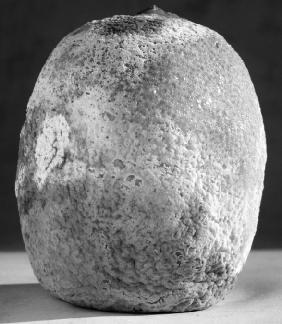SciTech Tuesday: The Moldy Melon that Saved Millions
 In June of 1943 Mary Hunt, a lab assistant working in Peoria, Illinois, found a cantaloupe at a local market covered in mold with a “pretty, golden look.” This mold turned out to be a highly productive strain of Penicillium chrysogeum and its discovery marked a turning point in the quest to mass produce penicillin.
In June of 1943 Mary Hunt, a lab assistant working in Peoria, Illinois, found a cantaloupe at a local market covered in mold with a “pretty, golden look.” This mold turned out to be a highly productive strain of Penicillium chrysogeum and its discovery marked a turning point in the quest to mass produce penicillin.
During the first half of 1943, American pharmaceutical companies made 400 million units of penicillin – enough to treat approximately 180 severe cases of infection. During the second half of 1943, 20.5 billion units were produced. By D-Day on June 6, 1944, production increased to a staggering 100 billion units per month. Thanks to one very special summertime cantaloupe, penicillin quickly became a “miracle drug” saving countless lives from once deadly infections.
Check out our Penicillin Lesson Plan to learn more about the Allied effort to mass produce penicillin.
Post by Annie Tête, STEM Education Coordinator
- Posted :
- Post Category :
- Tags : Tags: penicillin
- Follow responses to this entry through the RSS 2.0 feed. You can skip to the end and leave a response. Pinging is currently not allowed.




Leave a Reply